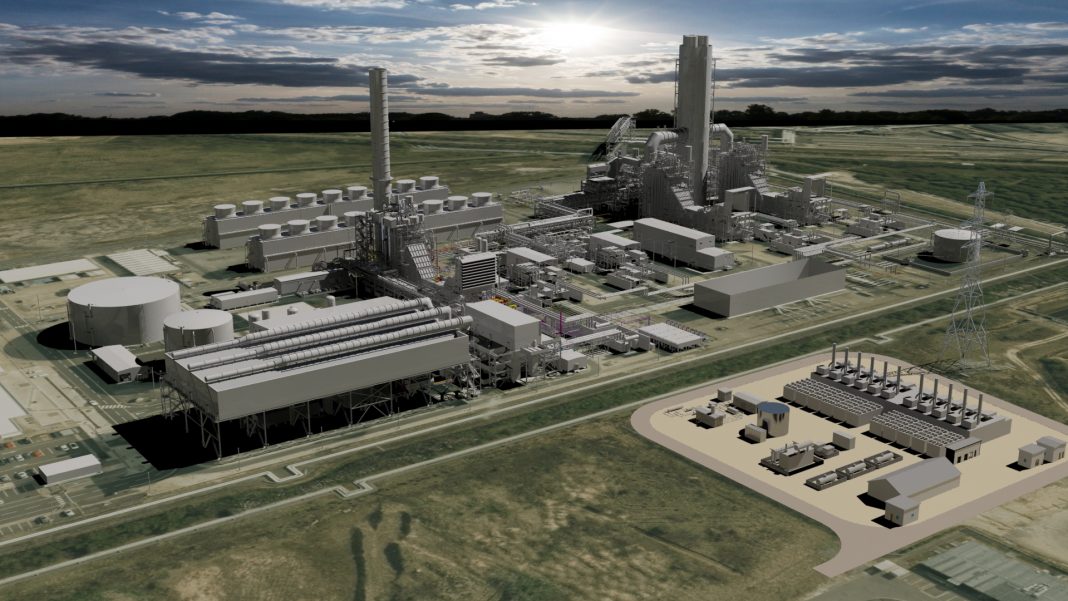VPI is to expand its Immingham energy hub by investing in nearly 350MW of rapid-response power generation as part of its broader £500m investment in new generation capacity and upgrading its existing plants.
The new development includes a 50MW gas reciprocating peaking facility which will be operational next year, and a 299MW open cycle gas turbine (OCGT), expected to enter service by summer 2025.
The rapid-response generators will use established technology that has a track record of highly efficient and reliable operation and will provide dispatchable power quickly to ensure a secure supply during peaks of demand when renewable generation is low.
In support of the UK government’s commitment of achieving fully decarbonised electricity by 2035, the new plants may be converted to run on a proportion of hydrogen, once industrial-scale production is established.
In addition to the new power facilities, planning and permitting applications for VPI’s carbon capture plant as part of the Humber Zero project have also been submitted. The 1.2GW combined heat and power station at VPI Immingham has been providing energy to homes and businesses on a 24/7 basis since 2004 and, under this project, a significant proportion of carbon emissions will be captured. This will make it a major source of lower-carbon electricity.
Carbon capture and storage is an emerging sector in the UK that is central to the government’s plans to deliver Net Zero, and their recent Energy Security Plan recognises the significant economic opportunity it presents.
VPI Chief Executive Jorge Pikunic said: “Decarbonising and expanding existing energy production sites can help deliver Net Zero at lower cost to consumers, maintain energy security, and support local economies across the UK. We are expanding Immingham energy hub to offer additional flexibility to the national grid, solving for the system whilst progressing plans to major contribution to the UK’s net zero goals.”
The planning and permitting applications for the Humber Zero carbon capture project mark the culmination of the front-end engineering and design phase and work is already underway on the next stage of the development, preparing for operational readiness.
The project will capture more than 3 million tonnes of carbon dioxide each year in this first phase, which will be transported via a new plant to safe storage in depleted gas fields offshore. VPI has been working closely with the operators of the Viking CCS transport and storage system, which was recently announced as meeting the eligibility criteria for Track -2 of the government’s Cluster Sequencing programme.



